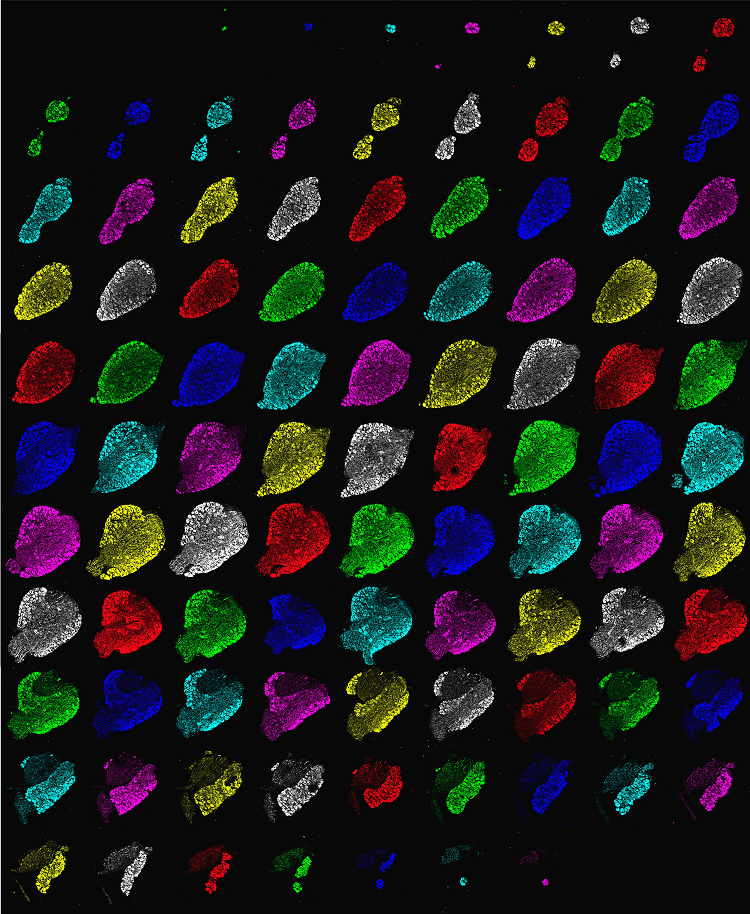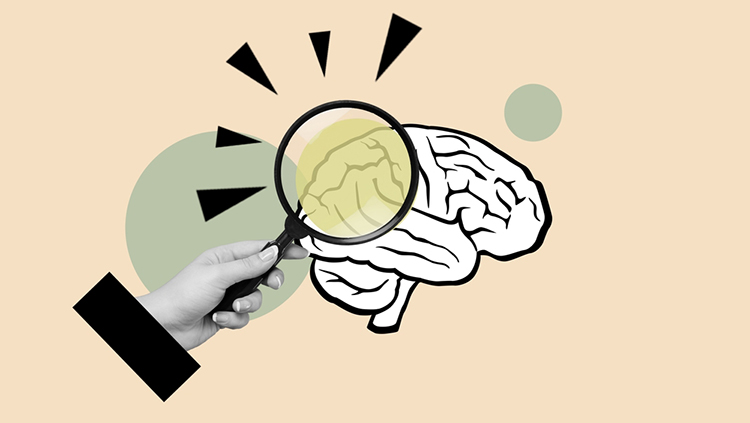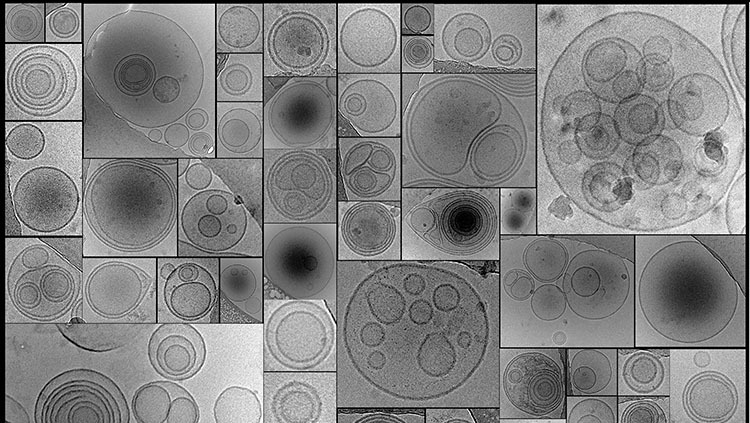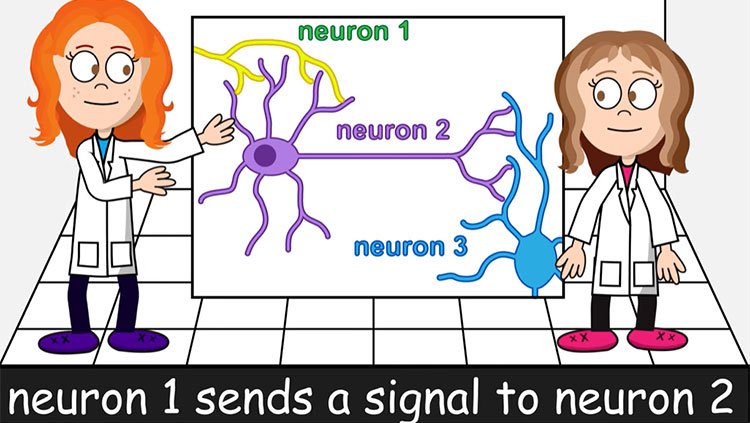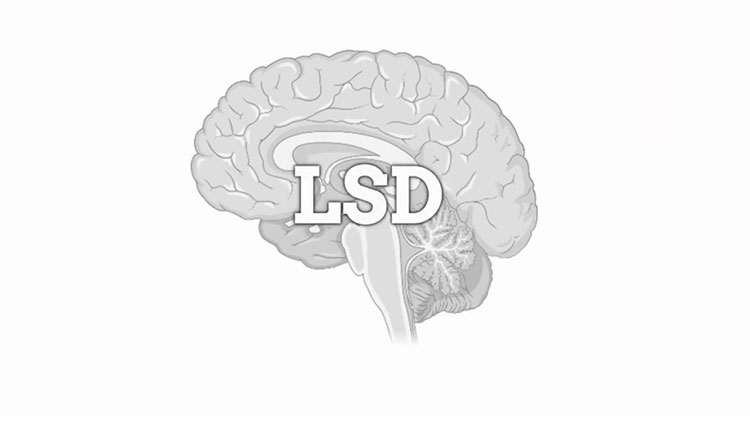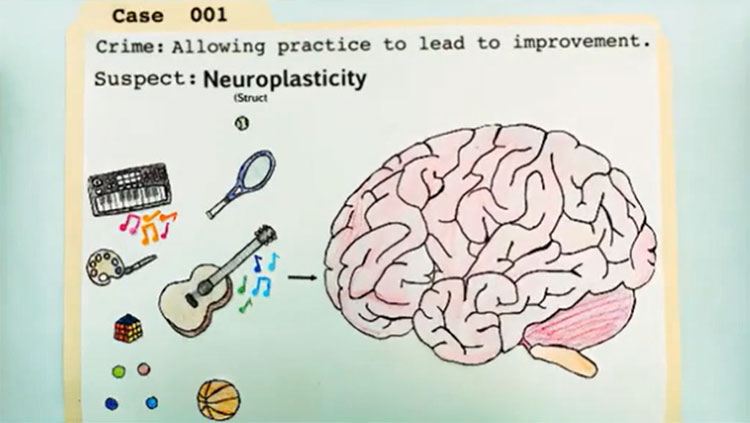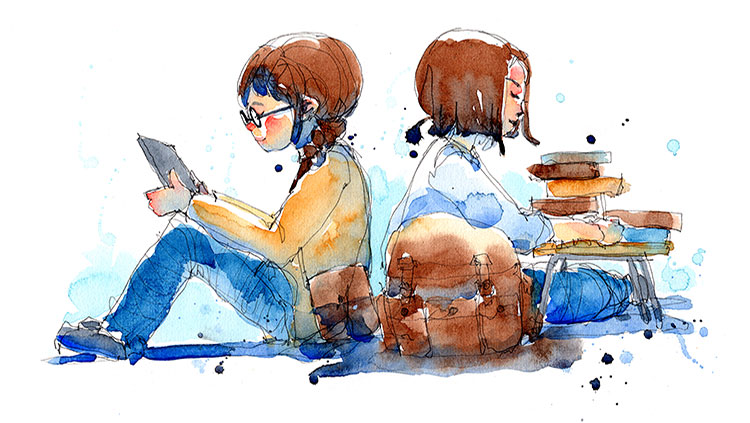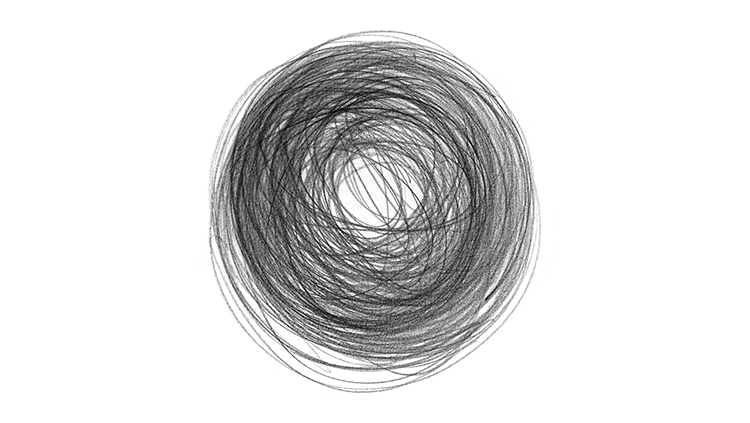The Gatekeepers of Sensation
- Published29 Oct 2019
- Author Charlie Wood
- Source BrainFacts/SfN
What resembles a stained-glass window is nearly one hundred slices of bundled cell bodies of a mouse peripheral nerve — a fraction as thick as human hair. Stack them up and they form one complete dorsal root ganglion, a modest bulge where nerve fibers run together before entering the spine. At this confluence, neurons wrangle heat, pain, and touch signals coming in from fingers, toes, and other extremities, before the spine whisks them away to the brain.
Dorsal root ganglia (you have a few dozen) have captured academic and medical interest for their role as pain and sensory gateways. Damaging them can trigger tingling or burning in the hands and feet that can last for years. Directly treating the bundles with drugs or heating them with radio waves can provide relief for some types of back pain and arthritis. Clear images like this one let researchers map every neuron in the entire ganglion.
CONTENT PROVIDED BY
BrainFacts/SfN
References
Peripheral Neuropathy. (May 22, 2019). Mayo Clinic, Mayo Foundation for Medical Education and Research. Retrieved from www.mayoclinic.org/diseases-conditions/peripheral-neuropathy/symptoms-causes/syc-20352061.
Radiofrequency Ablation for Arthritis Back, Neck, and Joint Pain. WebMD, WebMD, Retrieved from www.webmd.com/arthritis/radiofrequency-ablation#1.
Sapunar, D., Kostic, S., Banozic, A., & Puljak, L. (2012). Dorsal root ganglion—A potential new therapeutic target for neuropathic pain. Journal of Pain Research, 5, 31–38.
doi: 10.2147/JPR.S26603
Also In Cells & Circuits
Trending
Popular articles on BrainFacts.org


